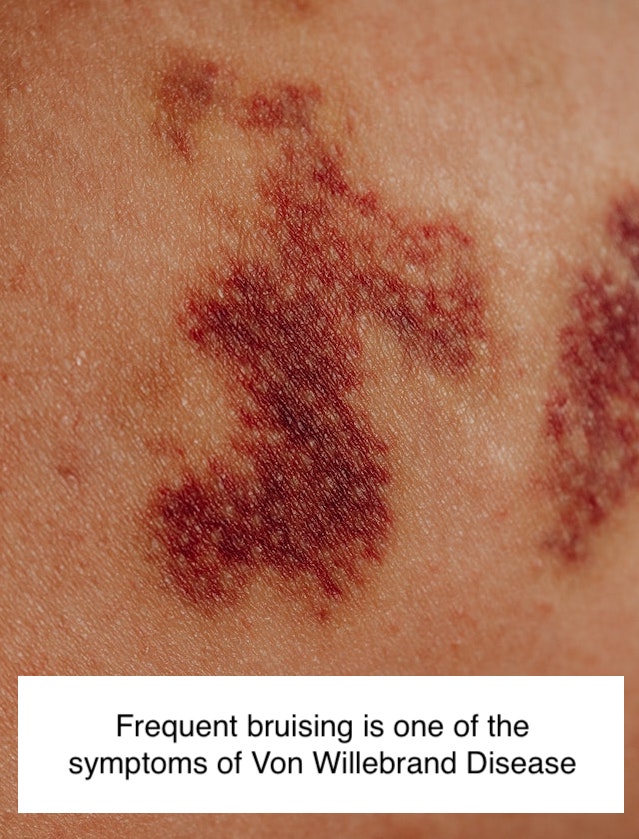Being diagnosed with cancer can have a tremendous impact on the patient’s life. From dealing with the diagnosis emotionally, to finding the care team they can rely on and living with the treatment side effects.
Some patients, however, are affected by a rare type of cancer. As defined by the National Cancer Institute, a rare cancer affects less than 40,000 patients every year. [1]
Also by being rare, “they are often more difficult to prevent, diagnose, and treat than the more common cancers.” [2] One such example of a rare cancer is Multiple Myeloma.
Multiple Myeloma affects the plasma cells, a type of white blood cell that is important for fighting infections.
When a person has multiple myeloma, the cancerous cells hinder the production of antibodies while enabling the production of abnormal proteins.
Aside from bone problems, multiple myeloma can cause a variety of health issues such as anemia, hypercalcemia, hyperviscosity or thickened blood, and kidney failure.
Symptoms may include bone pain and fracture, fatigue and shortness of breath, bruising, confusion, frequent urination while feeling thirsty more often, and weight loss.
The exact cause of this type of cancer remains unclear. There’s also no known cure at present, but there are different treatments available to manage the symptoms and improve the patient’s life. These include immunotherapy, chemotherapy, and bone marrow or stem cell transplant.
Early detection is crucial in the success of treatment and spreading awareness about multiple myeloma can play an important role in early detection.
If you or someone you know is a Multiple Myeloma survivor, join our Life with Multiple Myeloma Patient Support Community so that you can have a safe and supportive online community.
Notes:
[1] National Cancer Institute. About Rare Cancers. https://www.cancer.gov/pediatric-adult-rare-tumor/rare-tumors/about-rare-cancers
[2] National Cancer Institute. Rare Cancer. https://www.cancer.gov/publications/dictionaries/cancer-terms/def/rare-cancer



